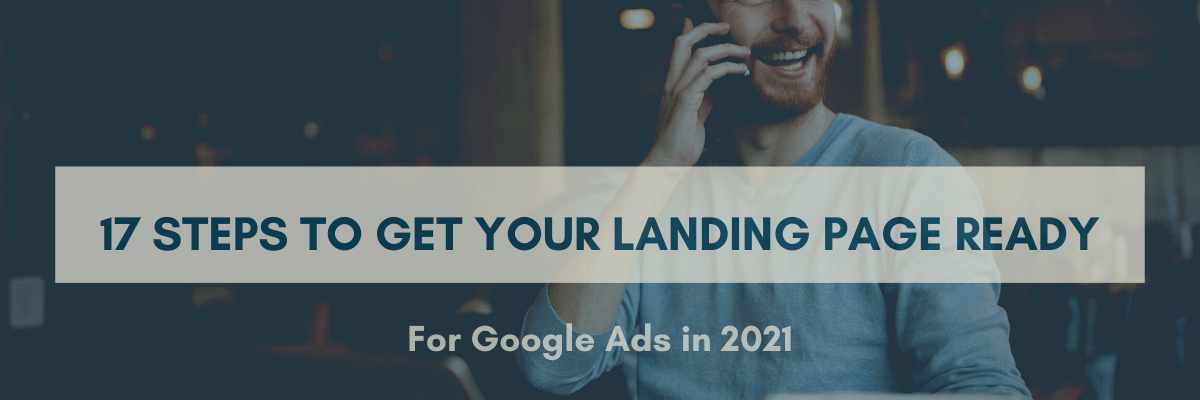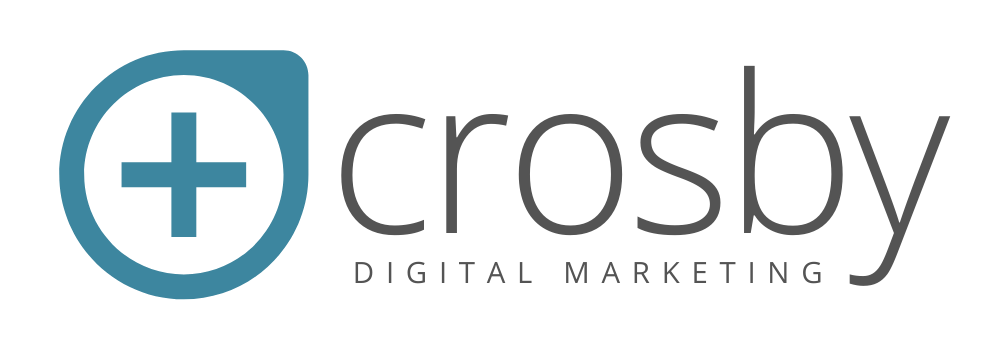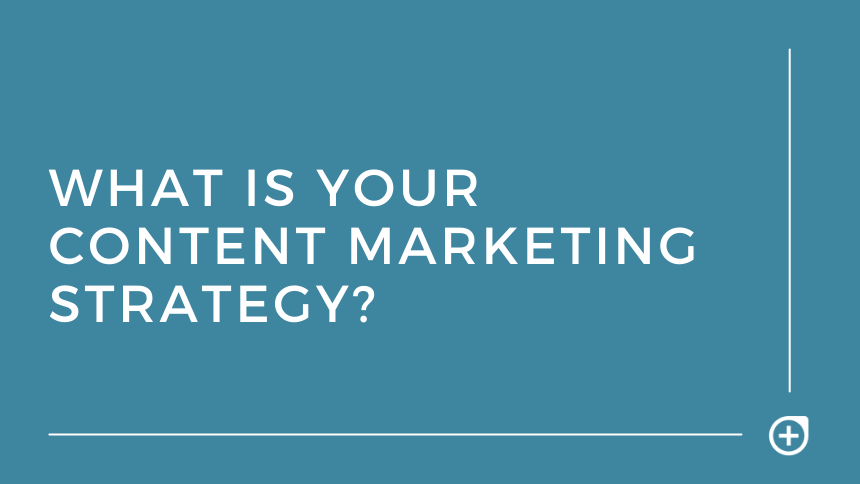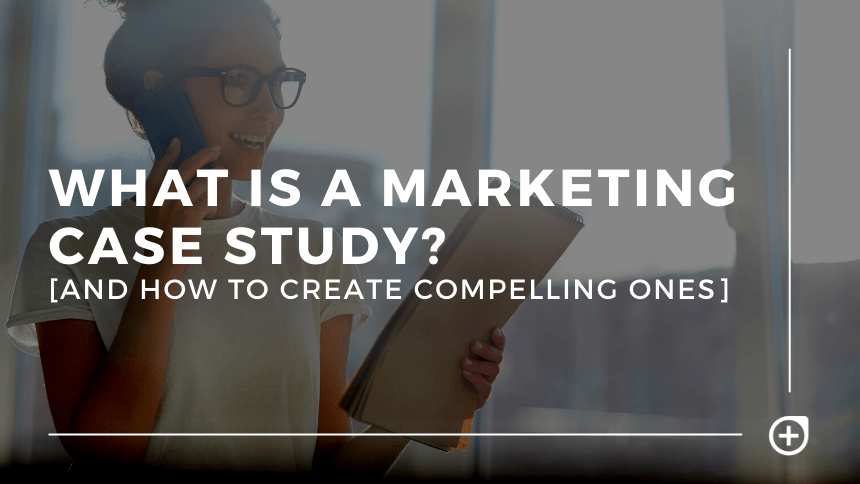17 Steps to Get Your Landing Page Ready for Google Ads in 2021
Create Landing Pages that Convert to Customers

Are you ready to run Google Ads, but aren’t sure where to direct those ads? A landing page for PPC ads is essential. There is a lot that goes into such a seemingly simple landing page. It isn’t just about having a form on a page-- I’ve put together a checklist for creating a landing page for Google PPC ads.
Where should you start? In a broader sense, it’s important to think about the goals you are trying to accomplish. Landing pages go hand-in-hand with ad campaigns. What service or product do you plan to run ads for? This type of goal planning needs to come before the landing page construction. It’s important to think about the big picture and the final destination before you get started. If you are interested in talking more about
online advertising,
Google Ads, landing pages, or
website design feel free to
email me today. Crosby Digital Marketing is an advertising and marketing firm located in Franklin, TN that is committed to helping small businesses grow.
Once you have a goal for your ad campaign in mind…
- Decide if you plan to have your landing page integrated into your website. Do you want to adapt a service page into a landing page or create a page that will only be accessible by clicking on the ad? There are some pros and cons of this. Using our Google Ads page as an example, you can see that there is a lot of information on this page besides the contact form. This helps with SEO for when people are organically searching for these services. The pros of a non integrated landing page would be a stronger call to action (CTA). The entire page would be focused on collecting a lead from your ad. Both methods have pros and cons, so it really is specific to the situation.
- Make it relevant. When a landing page isn’t relevant it can cause users to leave very quickly. This is called a bounce. Google is more likely to rank your page and ad higher if your bounce rate is low. They want to provide your users with the most relevant information possible. Also, you want to make sure qualified people are clicking on your ppc ads. Each click costs you money, so you only want the most relevant customers to do so.
- Have a clear call to action (CTA). This means you need to tell the customer exactly what you want them to do. “Fill out this form for a quote,” is a very clear CTA. It needs to be easy to find positioned near the top of the page with clear wording. Using color and font size to your advantage to help it stand out will benefit your landing page.
- Limit the number of calls to action. This goes with my previous point. But limit choices on the page. If you want your visitors to do something specific give them those choices. Keep it simple.
- Your form should be simple. There should be some sort of form to collect leads. Get the minimum amount of information you need. It should not feel intimidating for someone who is on your website the first time. For most instances name, email, and phone number are perfect. When a form asks for too much on the initial lead it can feel overwhelming and this can cause a user to move on to another company.
- The form should go to a thank you page. Once a user submits a form there should be confirmation that the action has been completed. It can be really frustrating for a potential customer to not know if their form submission worked. It is also essential for tracking the connection between the ad and the lead.
- There should be other ways to get a lead besides a form. As a customer, I always look for an email address. It’s just my preferred way to contact a business. There are plenty of people who prefer phone calls since they like to talk to a real person. Make sure people have at least two options for contact.
- Make your phone number accessible. We see so many businesses with their phone numbers at the bottom of their website in a footer in tiny print. Don’t do this. If your goal is phone calls, put it prominently on your site. Make sure your phone number is clickable and trackable to your Google Ad.
- Consider length. This can be tough. Keep your landing page short enough to keep it focused on getting a lead, but long enough to build trust. There is no hard and fast rule. The more you are asking for, the longer your page will have to be to build trust. Give enough, but don’t overcomplicate.
- Social proof is one of the most helpful things you can add to a landing page to persuade. Seriously, reviews make a potential customer trust your company faster. If you have reviews, include them on your landing page.
- Address objections. While we’re on the subject of trust, figure out where people are forming objections to contacting you. For example, is your landing page asking for payment? Make sure people know their credit card information will be safe. Getting a Verisign designation can be helpful for that. Just simply knowing that their email address won’t be spammed can go very far as well.
- Post links to relevant content that exists on your site. Your primary goal is to get a lead via form fill or phone call. But your secondary goal should be to keep users on the website until this happens. Content builds authority and trust with someone considering your business.
- Add graphics that have a purpose. Do not add images just to make a page look nice. It will slow down the page (which can cause a user to bounce) and will contribute nothing. The most compelling thing that you can offer are authentic images of your business. Business owners do not always like this in practice, but trust us. For example, contractors try to use stock images of a kitchen rather than actual images of their work. Sure, the stock image kitchen is professionally shot. But it isn’t their work. The consumer knows this, and would much rather see the authentic image even if it is lower quality. Another example, I recently looked through a list of preschools for my child that I compiled from neighbor recommendations. I looked through reviews, and then I browsed websites. When I compared two schools side-by-side, I decided to take a tour at the one that had photos of the actual classrooms on the website as opposed to the stock images of children on the other. It wasn’t the “nicer” image, but it was the most useful one to me.
- Make sure your landing page is fast-loading and mobile-friendly. As web users, we are so impatient. We will immediately hit the back button if a page does not load in just a few seconds. If you are struggling with a high bounce rate consider your page speed. You can also try a page speed test.
- Sell only one thing on your landing page. Break up your services or products into separate landing pages. This will allow you to target more precisely in Google Ads.
- Use directional cues to get people to where you want them to go. This could be visual like an arrow, bolded text, or even a photo of a person looking at your form. It can also be as simple as a “click here” written in your copy.
- Experiment and critique. Keep looking critically at all active landing pages. Tweak things when they are not working. Your landing page is not set in stone, and it can always be improved upon.
Running a successful ad campaign is beneficial to your bottom line, and it doesn’t have to be complicated with the right team on your side. We would love to talk more about your advertising, website, and landing pages. Crosby Digital Marketing in Franklin, TN loves to help businesses grow their presence online.
Contact us today.


